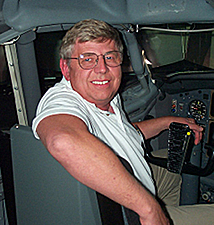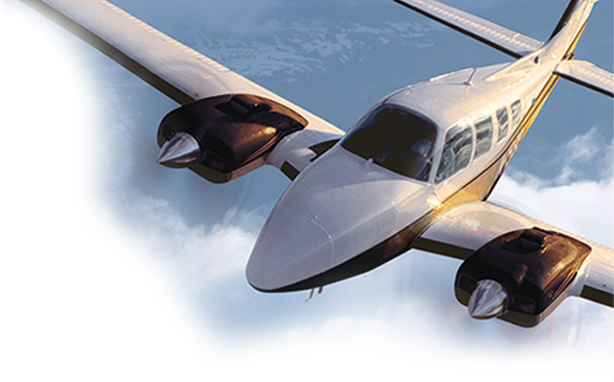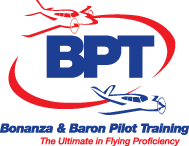Autopilot Dilemmas!
By Capt. Michael J. “Mick” Kaufman

In my last column Captains Corner, I wrote about amending clearances on your GPS navigator, as well as issues I have seen in my own personal experience, especially using a touch screen in turbulence. I commend Avidyne in making their box capable of using touch screen or knobs and buttons when turbulence makes inflight route changes nearly impossible.
At one time an aftermarket company had an interface for voice command as an add-on to the Garmin 430 / 530 box. I remember their display booth at Oshkosh EAA, but, sadly, I never had the opportunity to try their unit in an airplane. Shortly after the debut of the box, Garmin did a firmware update to keep this unit from working. I would be interested in knowing if any of our readers ever had or used this unit in their airplanes; if you have comments, please call or e-mail me. Voice recognition using Siri and Alexa have become an everyday part of our lives; maybe they are the next generation of avionics.
I have written articles on many aviation subjects, but most are on instrument flying and avionics. There are times that I wonder what I will write about in the next issue and then I personally experience something during flight training – and that answers the question! I have been teaching flying for over 50 years and I often think I have seen it all, and then…
From this video I saw just a short time ago, I realize that I keep experiencing that “WHAT IS IT DOING NOW?” feeling – and most of the time, that relates to the autopilot, or devices interfaced with it.
Recently, I have been been instructing an older pilot, senior to me, who recently purchased a Cessna Cardinal. He has tens of thousands of hours; however, he has done little, if any, flying in the last decade. We completed a flight review in short time. The next item on his list was to become instrument-competent and proficient.
“GPS” was a new word in his aviation vocabulary, and I began to teach him how the Garmin 430 in his airplane worked. The autopilot was an S-tec 30 and there were numerous other devices connected to the Garmin 430, including the autopilot and a GPS steering module.
Upon initialization of the avionics, the Garmin message indicator told us that one of interfaces connected to the 430 was not working. Not having the manual to know what was connected to that port, we decided to proceed.
We programed the box with every known waypoint within a 10-mile distance on either side of our direct course to an airport. The objective was to teach the pilot more about his Garmin navigator than just using the infamous “DIRECT TO” button.
After successfully flying some of the programed course, I suggested that we give “George,” the autopilot, a crack at navigating. We had conducted the autopilot test as part of the pre-takeoff checklist, and all looked good to that point. The pilot turned on the autopilot, heading mode, GPSS / Heading toggle switch set to heading, heading bug was set to the current course on the heading indicator.
“WHAT IS IT DOING NOW?”, as the autopilot rolled into a steep nose down spiral turn.
As we passed the point of our inquisitee, we attempted to disconnect the autopilot. I was on the controls with the pilot, who was desperately having a fight with George – but George was winning. I was finally able to disconnect the autopilot using the circuit breaker. Even after that, the servos did not want to disengage, possibly due to a clutch on one of the servos that apparently did not immediately release.
Lesson learned: Even with my many years of flight training I did not take the time to investigate all the avionics features of this airplane. It was a simple fixed-gear airplane with a constant speed propeller. I have hundreds of hours in the Cardinal and what could hurt me here?
Before the next flight I will read the S-tec autopilot manual, I will investigate the schematics of the installation to find out what caused the error message on the Garmin 430. I will certainly consult the Autopilot Godfather, Bill Hale. I hope to have the answers to some of these questions in my next Captains Corner.
As for my safety tip to other pilots: never fly in IMC conditions or at night in a new-to-you airplane; when an airplane just comes out of maintenance; had new equipment installed; or a firmware or database update.
I have more stories to tell and, sadly, they would fill a volume of encyclopedias.
Stay safe!
Michael J. “Mick” Kaufman
Email: captmick@me.com
Cell: 817-988-0174



